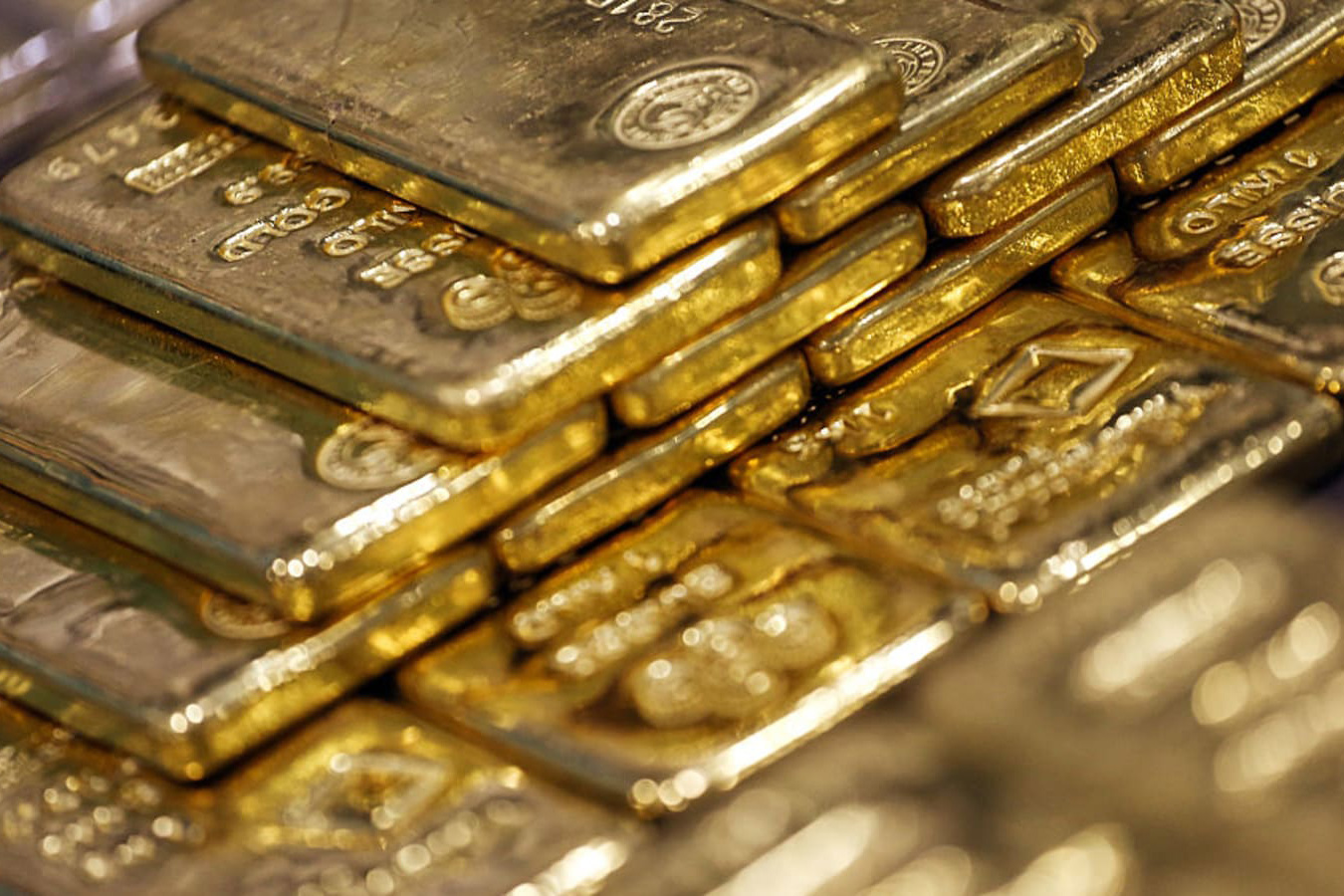Even as there was a strong recovery in consumer demand, global gold demand was flat with a 1 per cent dip during the April-June quarter at 955.1 tonne compared to the same period in 2020, following modest inflows into ETFs, the World Gold Council (WGC) said in a report.
Overall gold demand stood at 960.5 tonne during April-June quarter in 2020, according to the WGC’s ‘Gold Demand Trends Q2 2021’ report.
Advertisement
The report revealed that between April and June, most consumer gold purchases were positive as jewellery demand grew by 60 per cent at 390.7 tonne compared to 244.5 tonne in the same quarter last year, mainly driven by China and India.
Bars and coins, overwhelmingly bought by retail investors, saw a fourth consecutive quarter of year-on-year gains, with 243.8 tonnes during the second quarter of 2021 compared to 156.7 tonnes bought during April-June 2020.
However, demand for exchange traded funds (ETFs) and similar products witnessed a 90 per cent decline at 40.7 tonne during the second quarter of 2021, compared to the unprecedented 427.5 tonne in the corresponding period of 2020.
“The lower inflows into gold ETFs was following softening of prices and institutional investors began looking at activities in economic recovery,” WGC Managing Director, India, Somasundaram PR told PTI.
Meanwhile, central banks continued to buy gold throughout the second quarter of 2021, as global gold reserves grew by 199.9 tonnes compared to 63.7 tonnes during April-June last year.
“In the second quarter of 2021, nine central banks including Thailand, Hungary, Brazil were the biggest purchasers during the first half, collectively adding 207 tonnes to their gold reserves,” noted the report.
Going forward, the WGC estimates jewellery demand in the range of 1,600 to 1,800 tonne for the year, well above 2020 levels but below its five-year average.
Investment demand is likely to be in the region of 1,250 to 1,400 tonne, slightly less than last year but in line with the 10-year average, while central banks are expected to continue buying gold in 2021 at the same rate or above that of 2020, and the supply of gold in 2021 is expected to increase modestly, when compared to the previous year, the report added.
“As the global economic recovery continues, we have been encouraged to see consumer demand returning, with strong year-on-year growth in jewellery,” WGC Senior Markets Analyst Louise Street said.
But investment is a more complex picture, she said, adding that in spite of the evidence of strategic buying from both individuals and institutions, tactical investors had a more mixed impact in the first half of the year.
“This was partly seen through gold ETFs where inflows in the second quarter only slightly dampened the effects of the preceding quarter’s sell-off. Looking ahead, we expect continued improvement in the consumer elements of demand for the rest of the year.
And while ETFs will most likely not repeat the record performance of 2020, the need for effective risk hedges and the continued low-rate environment supports our view that investors will add to their strategic allocations throughout the rest of the year,” she stated.
